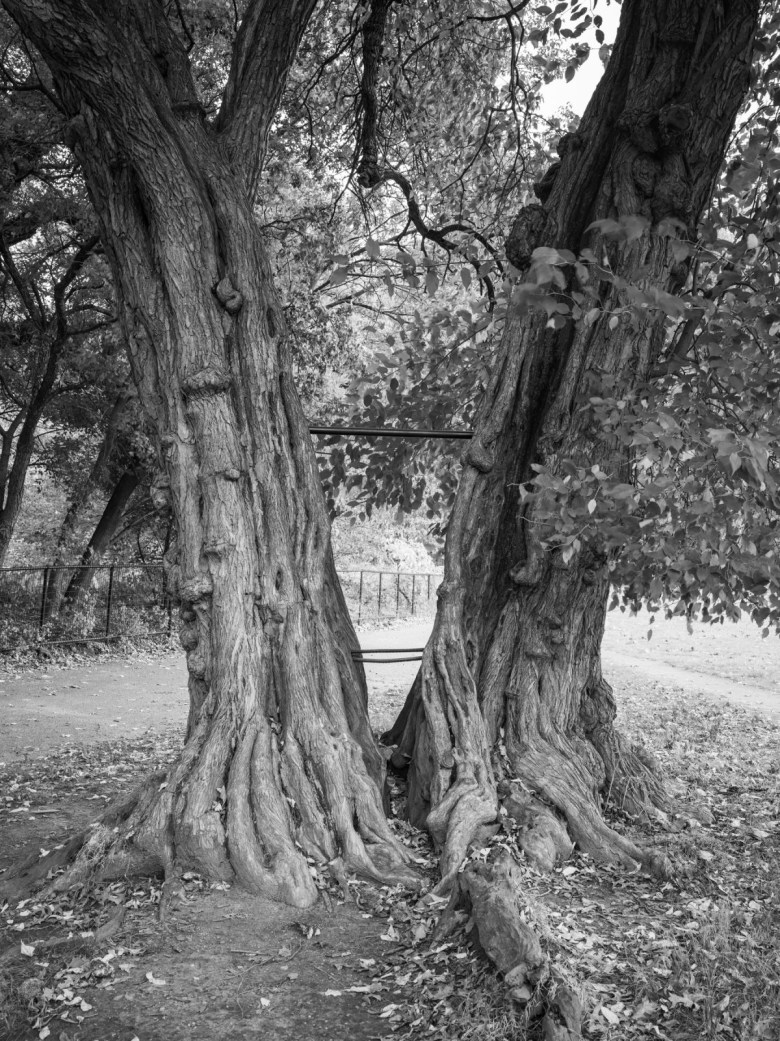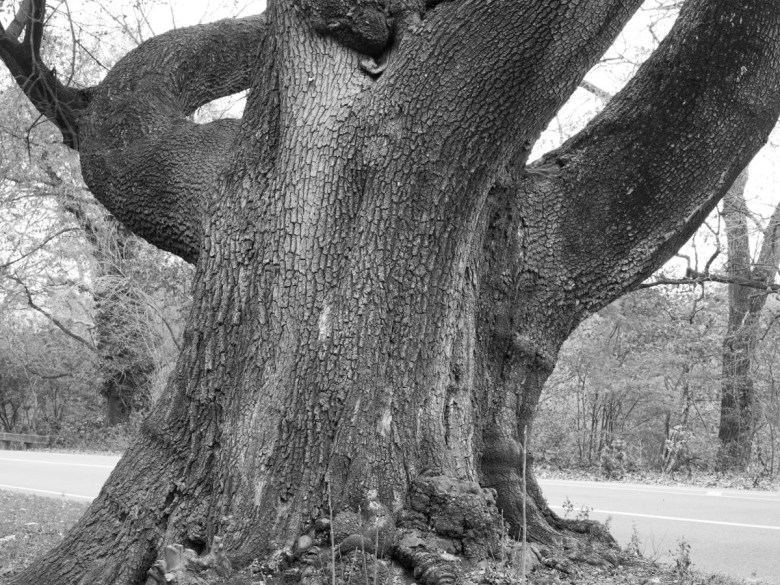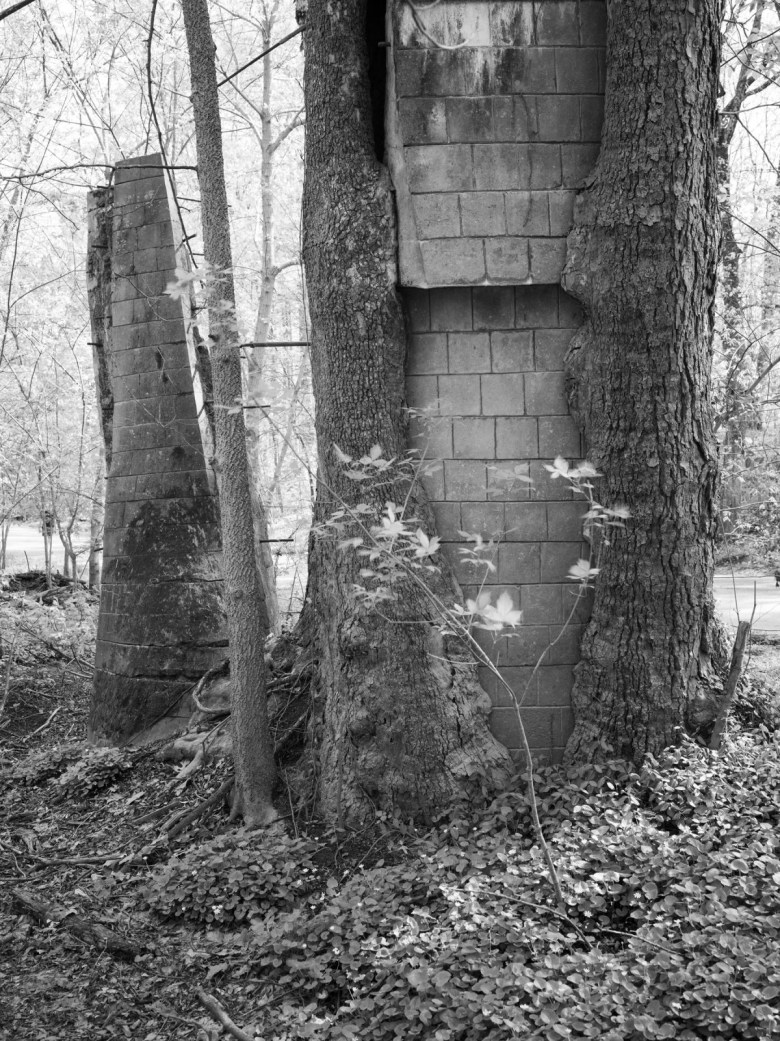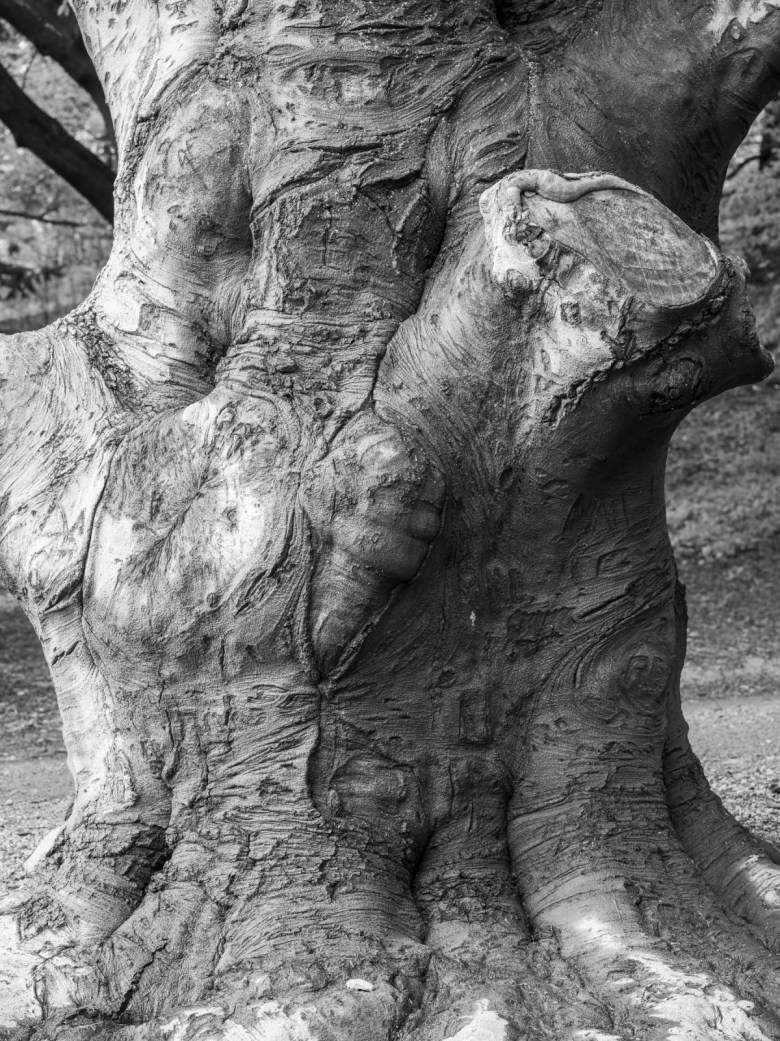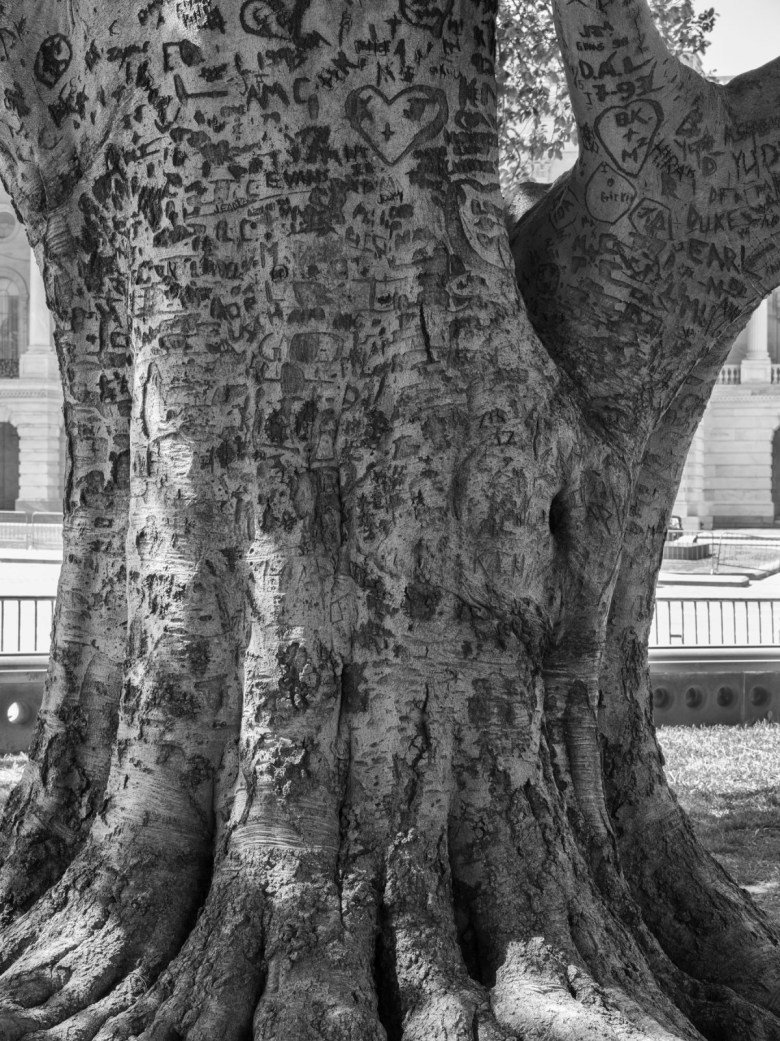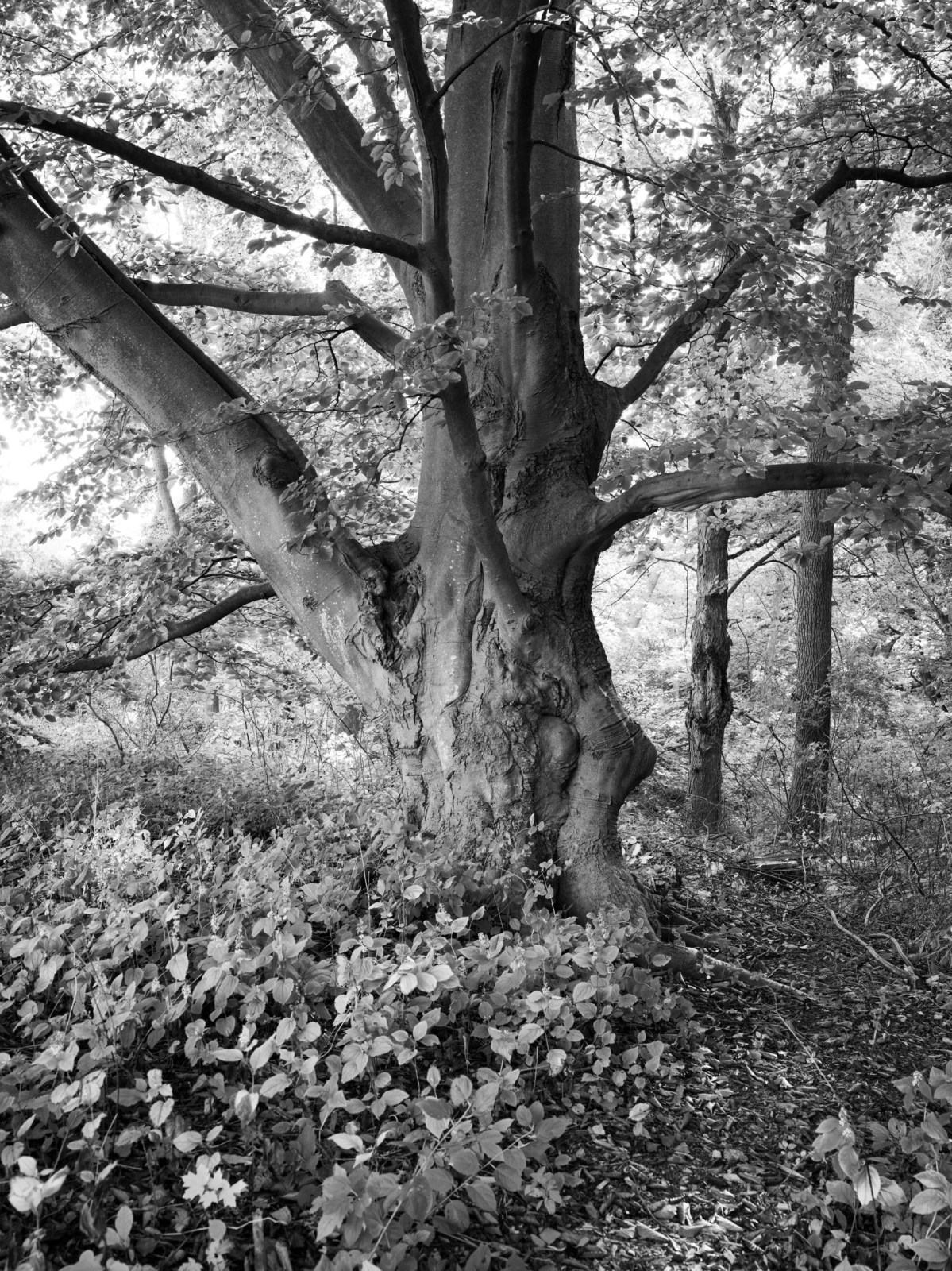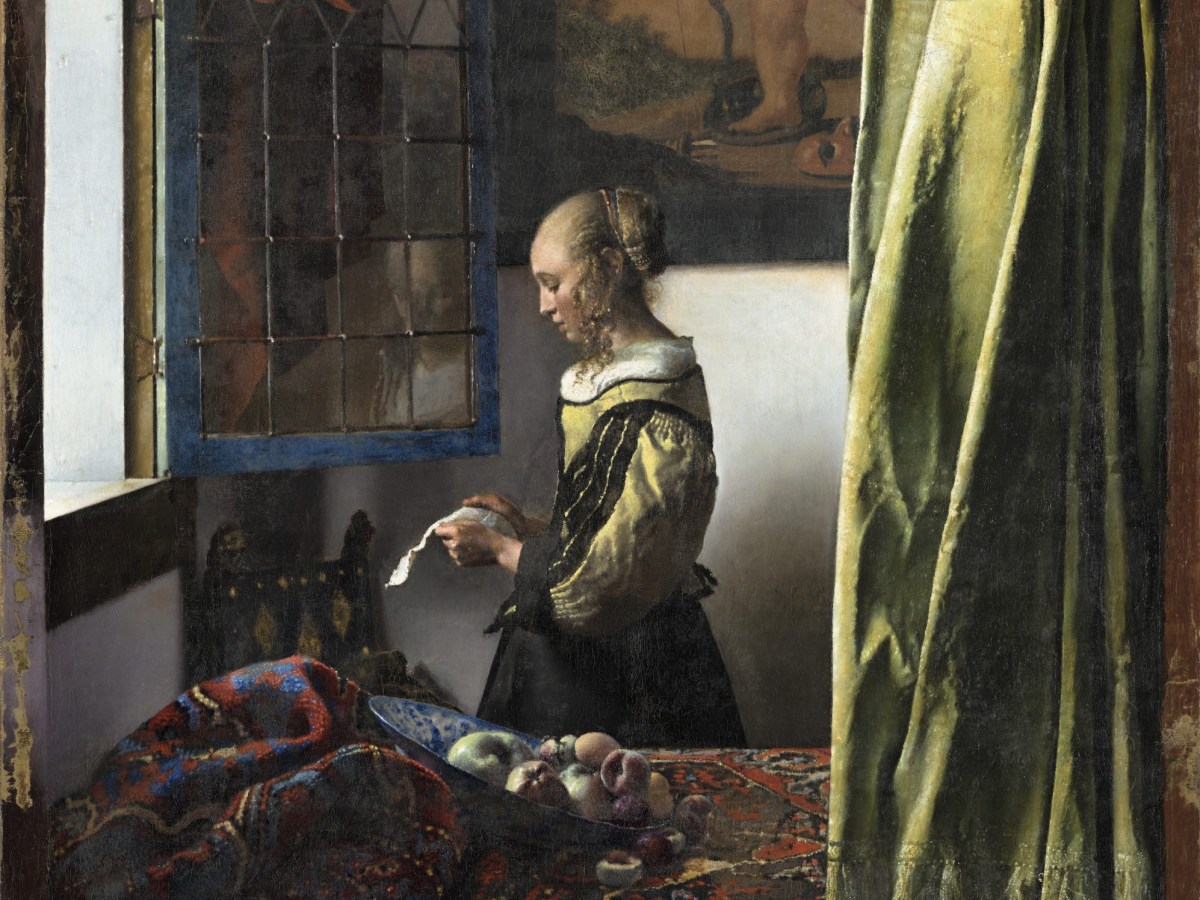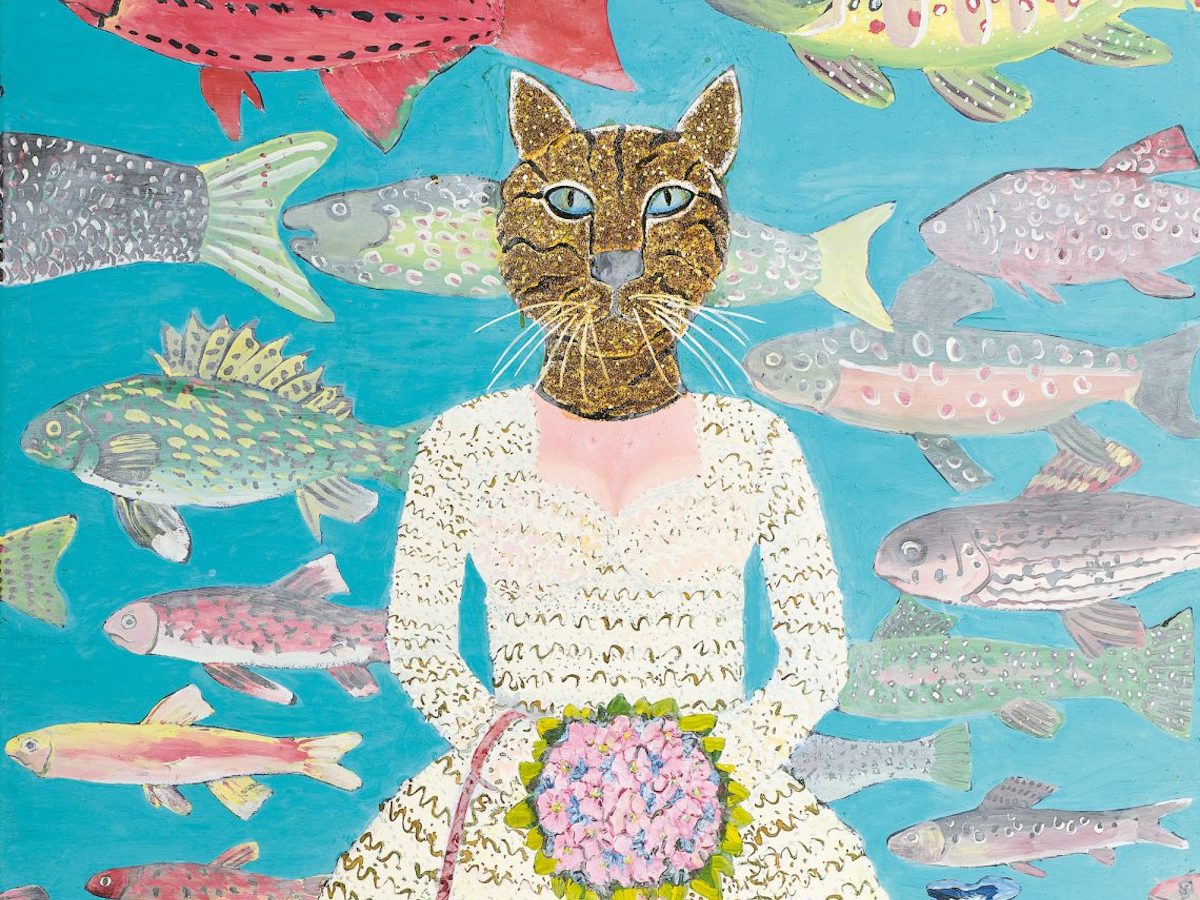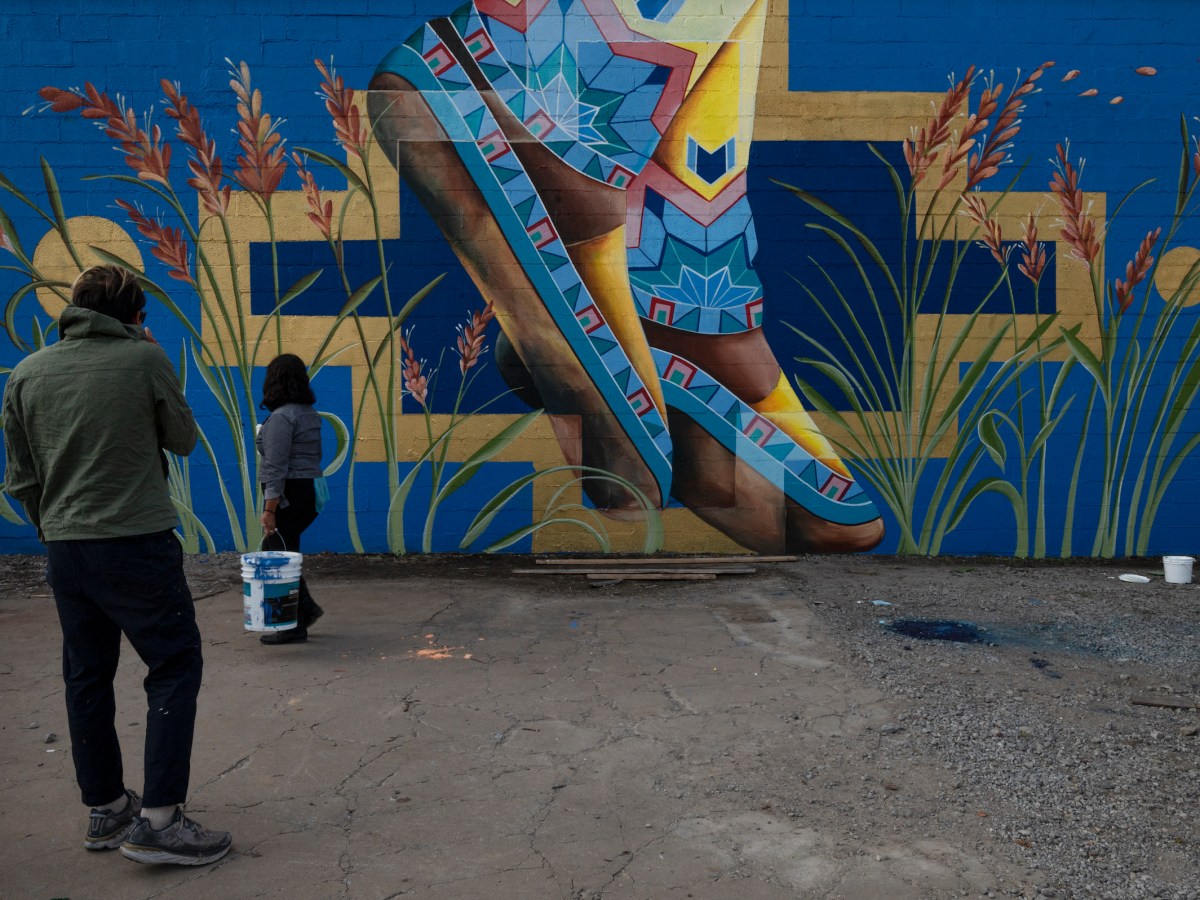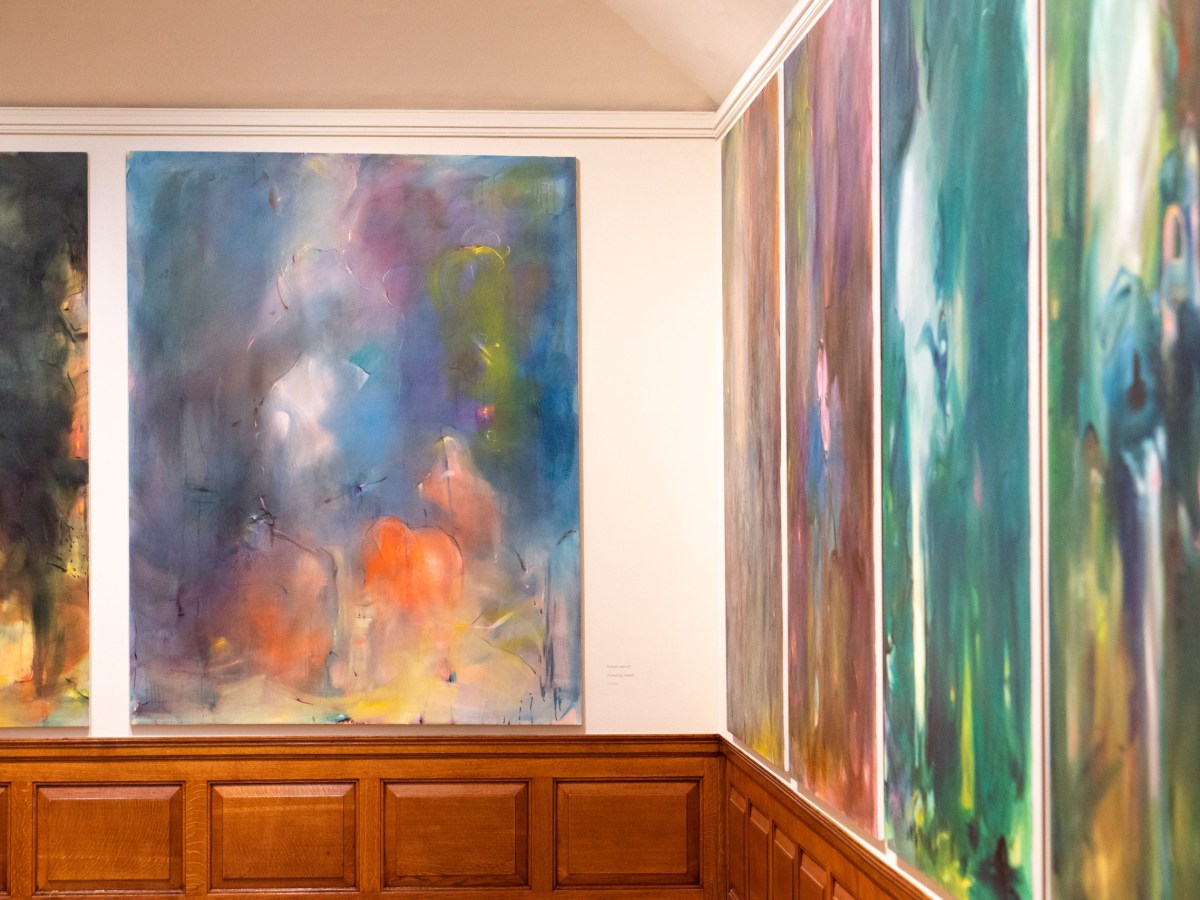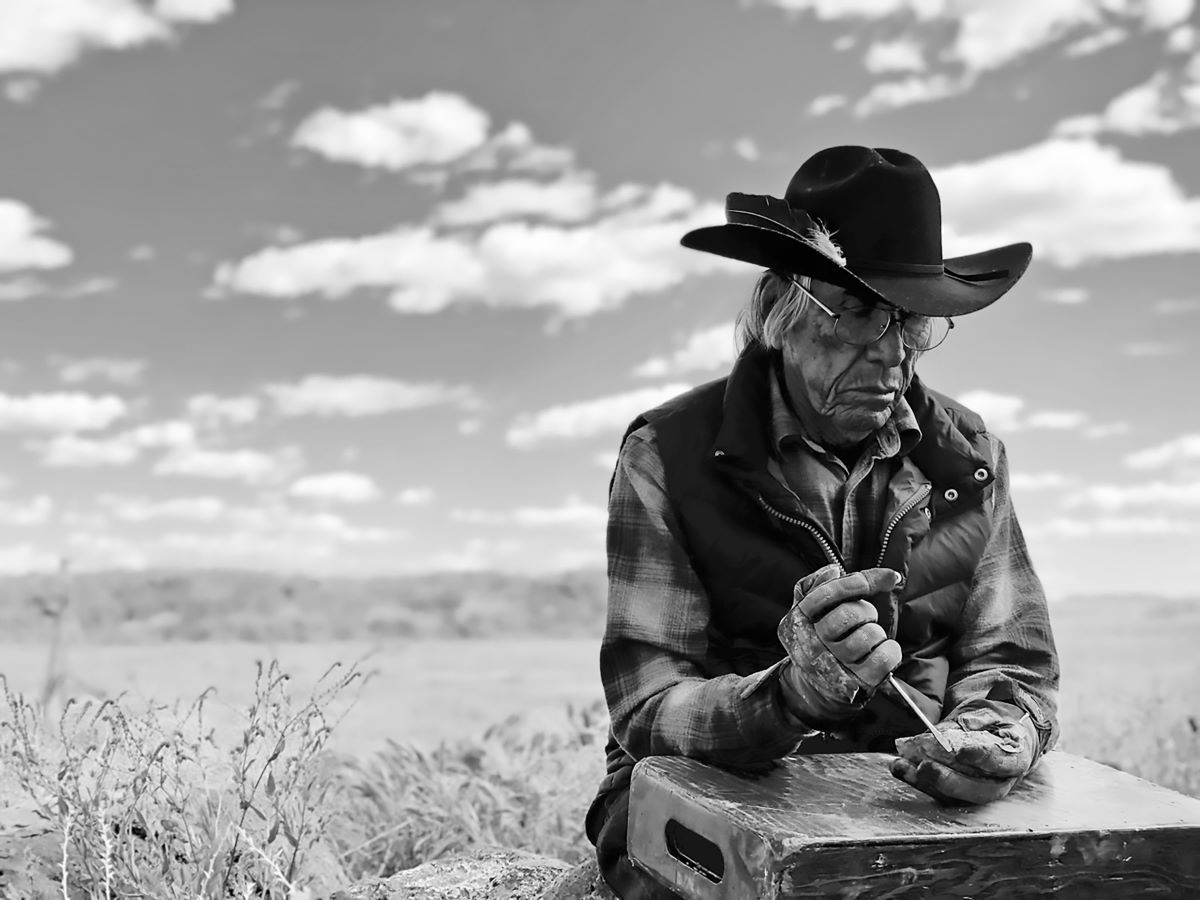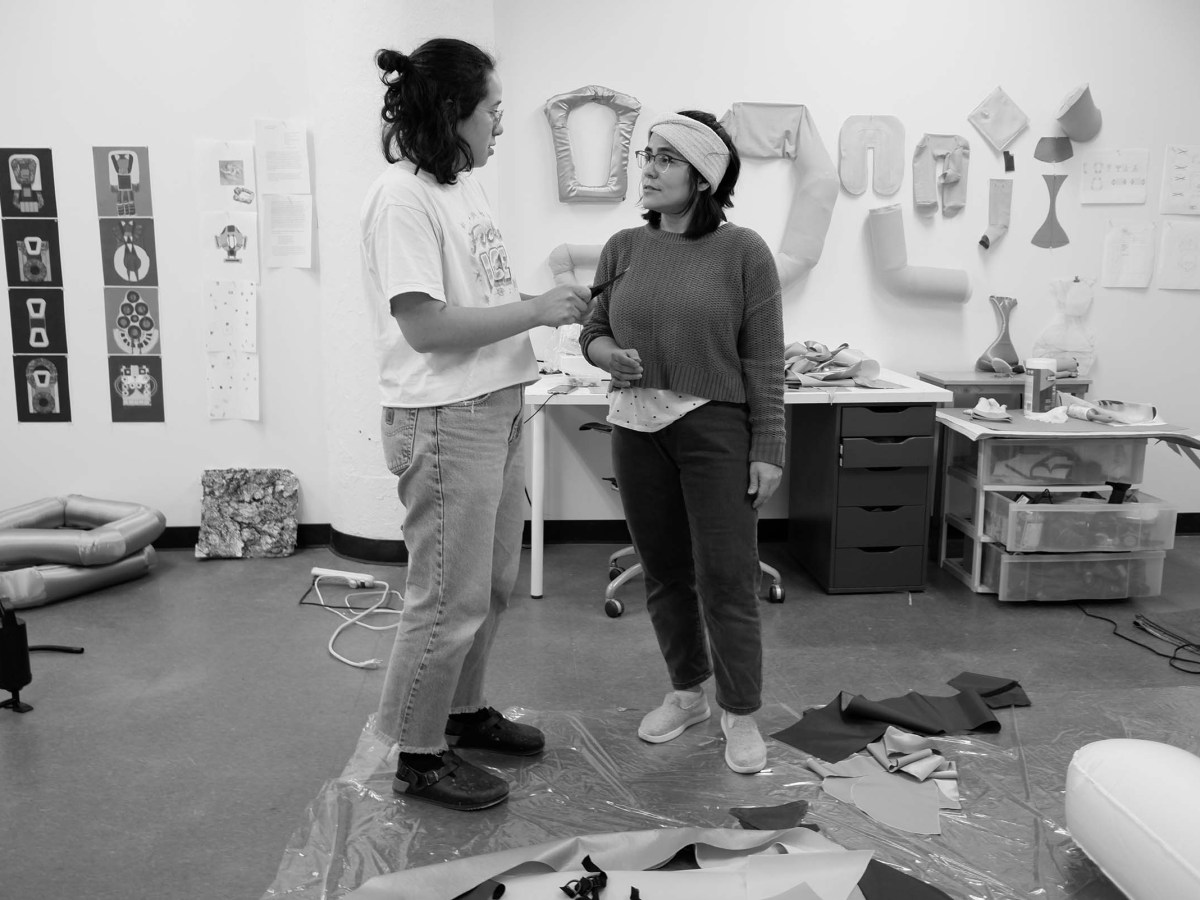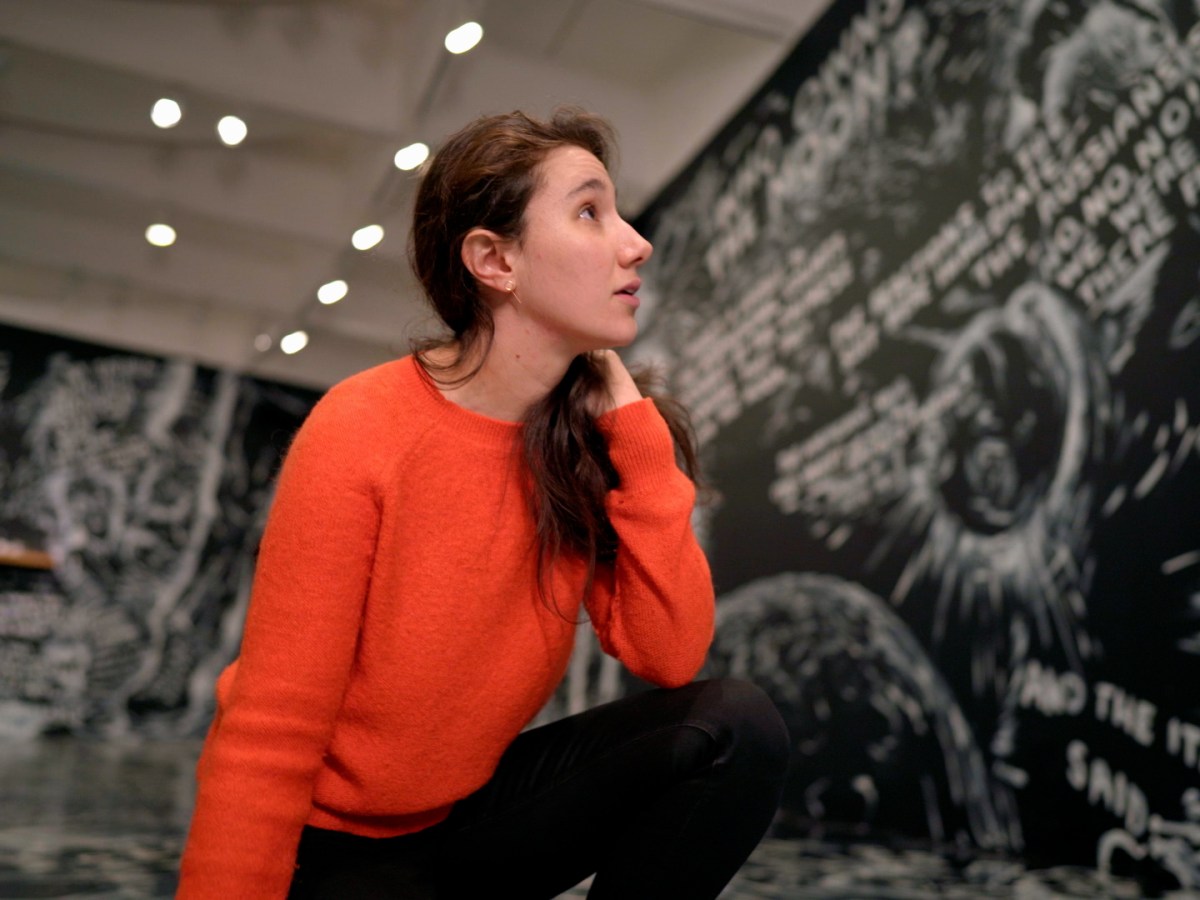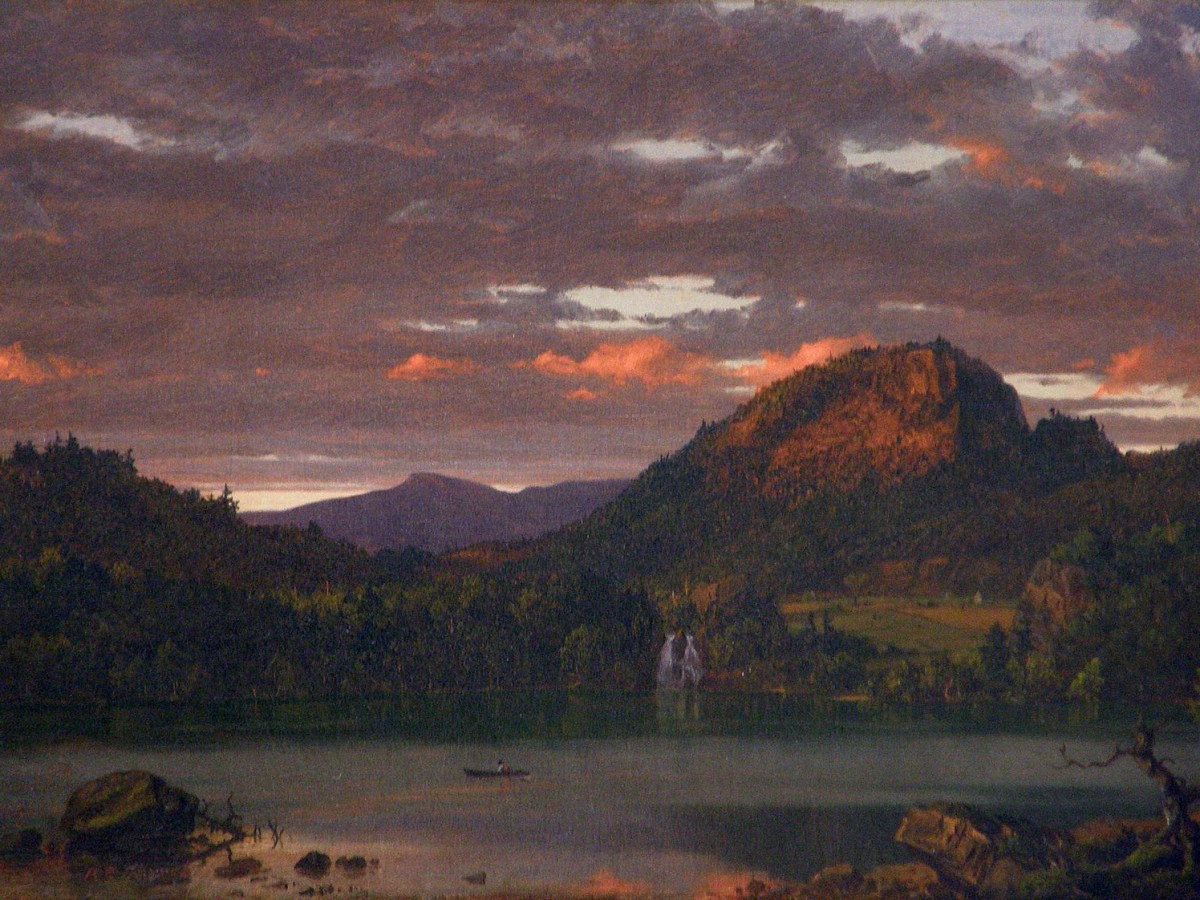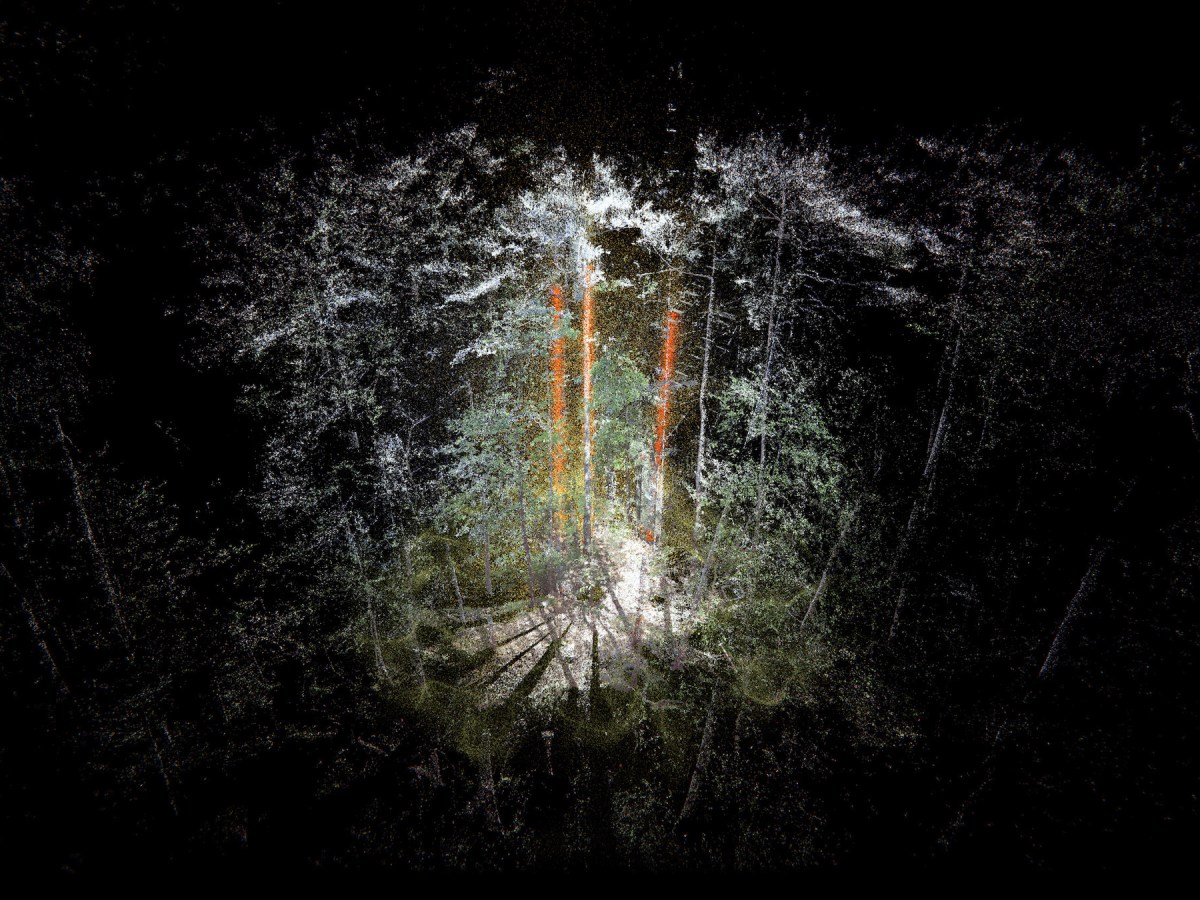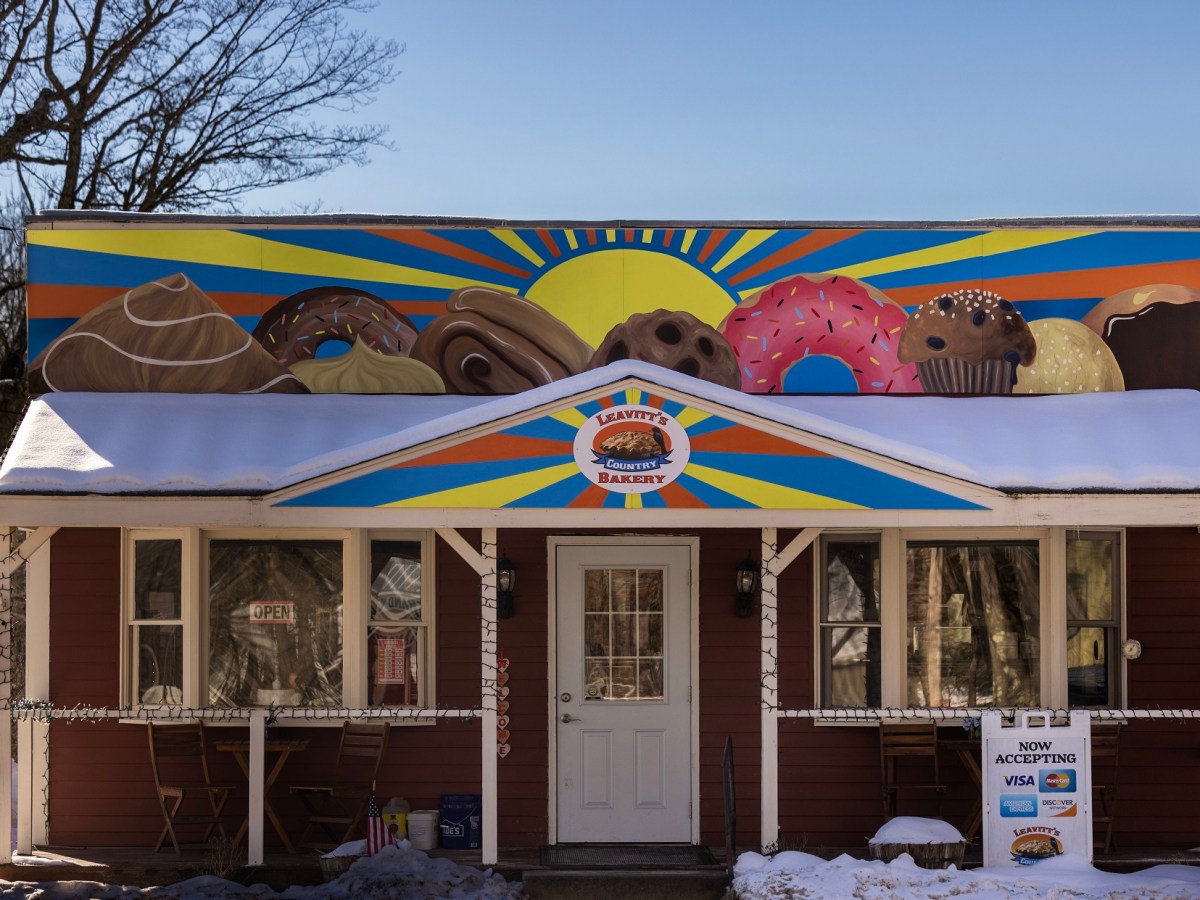“[W]e determined to think of no results to be realized in less than forty years,” landscape architect Frederick Law Olmsted wrote to his son and protégé, Frederick Jr. “I have all my life been considering distant effects and always sacrificing immediate success and applause to that of the future.”
Olmsted’s statement contextualizes the kind of committed prescience for which the definitive designer of many outstanding urban parklands of the United States — including Central Park in New York City, the Emerald Necklace in Boston, and Belle Isle Park in Detroit — is known. It is also a fitting point of reference for Olmsted Trees (2022, Hirmer Publishers), by photographer Stanley Greenberg, which takes as its subjects those aspects of Olmsted landscapes that took decades to come into their own — the trees.
Olmsted’s legacy is plagued by problematic values regarding civilization and society, and some of his banner projects are equally rooted in the backhanded capacity for public works projects to drive the violent displacement of thriving communities of color, as notably happened in the destruction of Seneca Village to make way for Central Park. He is also a figure of great nuance and largely unprecedented vision in the making of recreational parkways for public interaction, especially when it comes to his use of trees in garden projects. Unlike flowers or wild grasses, which can easily proliferate over a single season, the necessity of maturation over time makes the inclusion of trees a risky variable in a landscape project.
Greenberg’s 100 black-and-white photographs captured in 26 of Olmsted’s city park projects portray elements that have only recently grown into their full expression, something the architect himself would not live to see. Though considering the excerpt from his letter to his son, it seems obvious that for whatever numerous blind spots Olmsted possessed, his vision for the trees was exceedingly clear.
